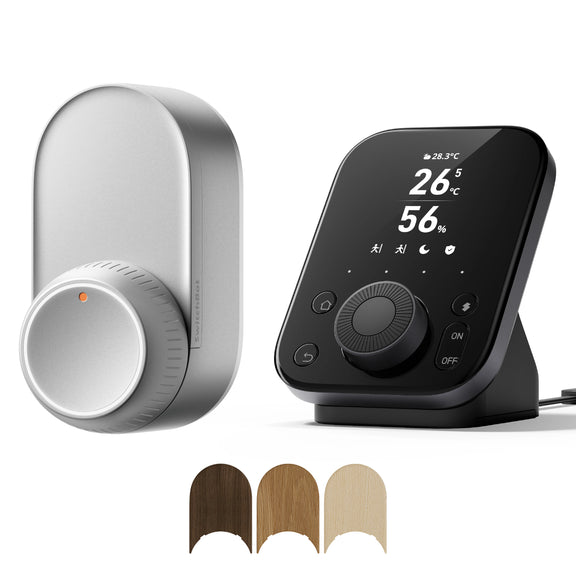Unlock the Secrets: Discover the Perfect Keypad Lock You Can't Resist!
In the ever-evolving world of home security, keypad locks have emerged as a popular choice for homeowners looking to enhance their safety while enjoying convenience. Unlike traditional locks that require physical keys, keypad locks allow you to enter a unique code to gain access, making them not only user-friendly but also efficient. With a simple press of a button, you can secure your home without fumbling for keys, especially when your hands are full. This article aims to guide you through the process of selecting the right keypad lock, whether you're shopping online or browsing in-store, ensuring that you find a lock that meets your specific security needs.

Understanding Keypad Locks
A keypad lock is a locking mechanism that uses a keypad instead of a traditional key to unlock a door. These locks can be either mechanical, where you have to physically push buttons to enter a code, or electronic, which might include additional features like Bluetooth connectivity or remote access through smartphone apps. They come in various forms, including deadbolts, lever locks, and smart locks that offer advanced functionalities. Features can include backlighting for visibility in low-light situations, alarm systems that trigger upon incorrect attempts, and key override options for emergency access. Understanding these features can help you choose a lock that fits your lifestyle and security requirements.
Factors to Consider When Choosing a Keypad Lock
When it comes to selecting the right keypad lock, several key factors should influence your decision. First and foremost is the security level: look for locks that offer robust technology, such as encryption protocols and tamper alerts. Ease of use is also crucial; a lock should be user-friendly, especially for family members or guests. Additionally, consider the installation process; some locks are designed for simple DIY setups, while others may require professional assistance. Durability is another important aspect—opt for locks made from high-quality materials that can withstand the elements and resist wear and tear. Personal experiences shared by friends suggest that investing in a reliable lock pays off in the long run, as it minimizes the chance of malfunctions and enhances peace of mind.
Where to Purchase Keypad Locks
Purchasing a keypad lock can be done through various channels, each offering distinct advantages and disadvantages. Online marketplaces provide a vast selection, often featuring customer reviews that can guide your decision. However, the downside is that you can’t physically inspect the product before buying, which some people find essential. Conversely, physical retail stores allow you to see and feel the lock, potentially giving you a better understanding of its quality. However, the selection may be limited compared to online options. A friend of mine once had a positive experience purchasing in-store; the staff was knowledgeable and helped him choose a lock that perfectly suited his needs. Weighing these pros and cons can help you decide the best purchasing method for your situation.
Installation and Setup Tips
Installing a keypad lock can be straightforward, but it’s essential to follow manufacturer instructions closely. Begin by ensuring you have all necessary tools, such as a screwdriver and a drill if needed. Before installation, it’s wise to test the lock outside of the door frame to familiarize yourself with the code entry process. When it’s time to set up the lock, programming the code should be done according to the provided manual—make sure to choose a code that is easy for you to remember but difficult for others to guess. Also, consider changing the default code to enhance security right away. Proper installation and setup will ensure that your lock functions smoothly from the get-go.
Maintenance and Troubleshooting
To maintain the longevity of your keypad lock, regular upkeep is essential. This can include cleaning the keypad to prevent dirt buildup and ensuring the battery (for electronic locks) is replaced timely to avoid lockouts. If you encounter issues, such as the lock not responding or the keypad malfunctioning, first check the battery and replace it if necessary. If problems persist, consult the troubleshooting section of the user manual. Many users find that keeping the lock well-maintained significantly reduces the likelihood of future problems, ensuring their home remains secure.
Choosing the Right Keypad Lock for Your Needs
In summary, selecting the right keypad lock is a critical decision that can significantly enhance your home security. By understanding the different types of locks available, evaluating key factors such as security features and ease of use, and knowing where to buy, you're well-equipped to make an informed choice. Remember, whether you opt for online shopping or a trip to the store, thorough research and careful consideration will lead you to a lock that fits your needs and preferences. So take your time, explore your options, and invest in a keypad lock that provides the peace of mind you deserve.







تعليقات